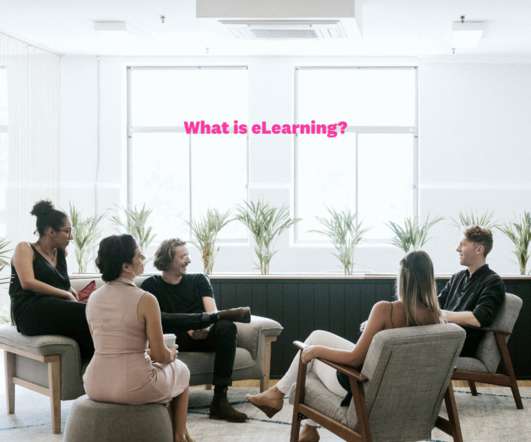Summary of a Literture Review on The Effectiveness of Instructional Games by Robert Hays
Kapp Notes
JANUARY 14, 2013
In 2005, Robert T. It is an expansive look at the literature on the effectiveness of games for learning up until the year 2005. Here are some of his conclusions, findings and recommendations: The conclusions are: The empirical research on the effectiveness of instructional games is fragmented.










































Let's personalize your content